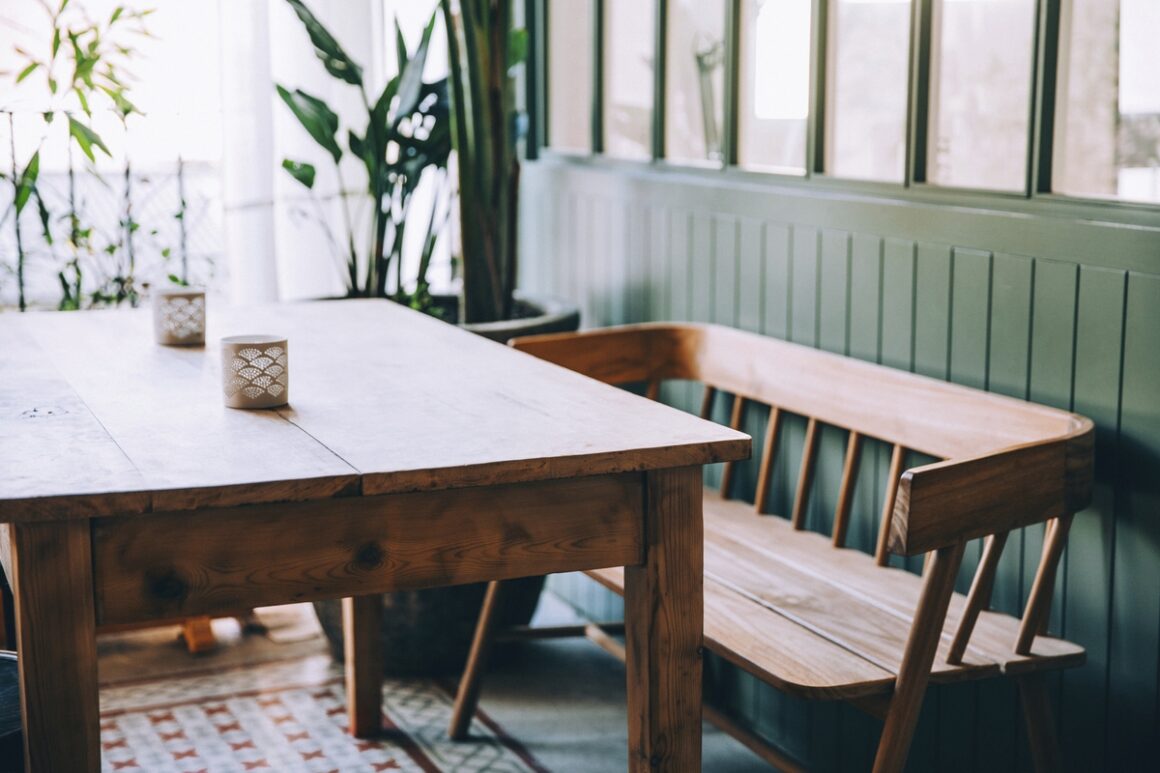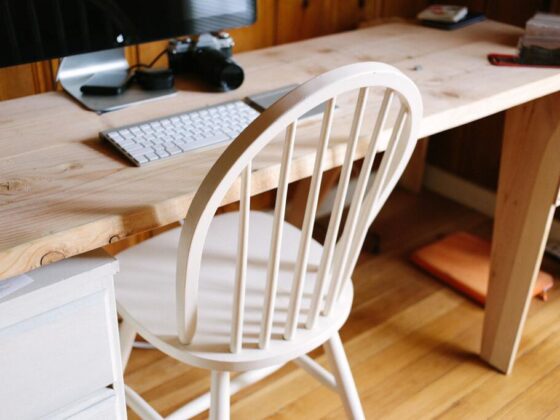Wood furniture adds warmth and elegance to any space. Whether it’s an antique heirloom or a modern piece, proper care is essential to maintain its beauty and longevity. However, cleaning and polishing wood furniture can be a bit tricky, and there are some common mistakes that people often make. In this article, we’ll explore these mistakes and provide you with some helpful tips to ensure your wood furniture stays in top-notch condition.

Mistake #1: Using Harsh Chemical Cleaners
One of the most common mistakes people make when cleaning wood furniture is using harsh chemical cleaners. While these cleaners may seem effective at first, they can actually damage the wood over time. Avoid using products that contain ammonia, bleach, or silicone as they can strip away the natural oils and finish of the wood. Instead, opt for mild, natural cleaners that are specifically designed for wood furniture.
Here are some common mistakes to avoid when cleaning and polishing wood furniture with harsh chemical cleaners:
- Avoid using cleaners that contain ammonia, bleach, or acetone. These chemicals can strip the natural oils and colour from the wood, damage the finish, and cause discolouration and fading.
- Avoid using cleaners that are too abrasive, such as steel wool, scouring pads, or sandpaper. These can scratch the surface of the wood, create dull spots, and expose the wood to moisture and stains.
- Avoid using cleaners that are not designed for wood, such as glass cleaner, all-purpose cleaner, or furniture polish. These can leave behind residues, streaks, or film that can attract dust and dirt and make the wood look dull and cloudy.
Harsh chemical cleaners are not only bad for your wood furniture, but also for your health and the environment. They can emit toxic fumes, irritate your skin and eyes, and pollute the air and water. Instead of using harsh chemical cleaners, opt for natural and gentle alternatives, such as vinegar, olive oil, or tea.
Mistake #2: Over-Wetting the Wood
Another mistake to avoid is over-wetting the wood when cleaning. Wood is porous, and excessive moisture can lead to warping, swelling, or even mould growth. Always use a damp cloth or sponge rather than soaking the furniture with water. Additionally, make sure to dry the surface thoroughly after cleaning to prevent any moisture from seeping into the wood.
Some common mistakes to avoid when cleaning and polishing wood furniture with water:
- Avoid using too much water or liquid cleaner on the wood. Use only a damp cloth or sponge and wring it out well before wiping the furniture. Excess water can seep into the wood and damage it from within.
- Avoid leaving the wood wet or damp after cleaning. Dry the furniture thoroughly with a soft cloth or towel. Moisture can attract mould, mildew, and insects, which can ruin the wood and pose health risks.
- Avoid placing wet or damp items on the wood, such as cups, vases, or plants. Use coasters, mats, or trays to protect the wood from water stains and rings. Water can also cause the wood to lose its colour and finish.
Mistake #3: Using Abrasive Cleaning Tools
Using abrasive cleaning tools, such as steel wool or rough scrub brushes, can cause scratches and damage to the wood’s finish. It’s important to choose gentle cleaning tools that won’t harm the surface. Soft cloths, microfiber dusters, or soft-bristle brushes are ideal for removing dust and dirt without causing any harm.
Here are some common mistakes to avoid when cleaning and polishing wood furniture with abrasive cleaning tools:
- Avoid using abrasive tools that are too rough or coarse for the wood. Use only soft cloths, sponges, or brushes that are gentle on the wood. Abrasive tools can scratch the surface of the wood, create dull spots, and expose the wood to moisture and stains.
- Avoid using abrasive tools that are not clean or dry. Rinse and wring out the tools before and after each use. Dirty or wet tools can transfer dirt, grease, or rust to the wood and cause stains and discolouration.
- Avoid using abrasive tools that are not suitable for wood, such as metal or plastic. Use only tools that are made of natural materials, such as cotton, wool, or bamboo. Synthetic tools can leave behind residues, fibres, or particles that can make the wood look dull and dirty.
Abrasive cleaning tools are not only bad for your wood furniture, but also for your hands and nails. They can cause cuts, scrapes, or splinters, and damage your manicure.
Related:
Mistake #4: Neglecting Regular Dusting
Regular dusting is crucial to prevent the buildup of dirt and debris on your wood furniture. Neglecting this simple task can lead to scratches and a dull appearance over time. Use a soft microfiber cloth or a feather duster to gently remove dust from the surface. Avoid using feather dusters with sharp quills, as they can accidentally scratch the wood.
Mistake #5: Skipping the Protective Finish
Many people skip the step of applying a protective finish after cleaning their wood furniture. A protective finish, such as wax or polish, helps to seal the wood and enhance its natural beauty. It creates a barrier against moisture, stains, and everyday wear and tear. Be sure to choose a finish that is suitable for your specific type of wood and follow the instructions carefully for the best results.
Mistake #6: Ignoring Sunlight Exposure
Excessive exposure to sunlight can cause wood furniture to fade and lose its lustre. Avoid placing your furniture in direct sunlight or use curtains and blinds to block the harsh rays. If you have no choice but to keep it in a sunny spot, consider applying a UV-protective coating to minimize damage.
Mistake #7: Not Testing Products on a Small Area
When trying out a new cleaning or polishing product, it’s important to test it on a small, inconspicuous area first. This way, you can ensure that the product doesn’t cause any adverse reactions or damage to the wood. If there are no issues, you can proceed to clean or polish the entire piece with confidence.
Conclusion
Cleaning and polishing wood furniture doesn’t have to be a daunting task. By avoiding these common mistakes and following the proper techniques, you can keep your wood furniture looking beautiful for years to come. Remember to use gentle cleaners, avoid over-wetting, and regularly dust your furniture. Apply a protective finish and be mindful of sunlight exposure. With a little care and attention, your wood furniture will continue to be a timeless treasure in your home.











